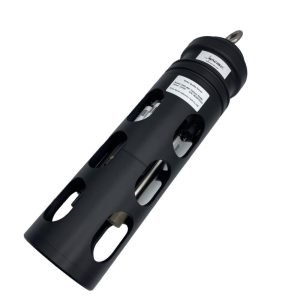Wine making involves multiple crucial stages, each with important control parameters.

During the grape harvesting stage, the maturity parameters are of great significance. For red grapes like Sangiovese used to make Chianti wine, the potential alcohol content should reach about 12 – 13% abv. For white grapes such as Pinot Grigio, the total acidity is around 6 – 7g/L. The maturity of phenolic substances also needs to be considered, such as the tannin maturity of Nebbiolo. In terms of the harvesting method, manual harvesting should avoid damaging the grapes and send them to the winery within 2 – 3 hours. For mechanical harvesting, parameters like the vibration frequency need to be adjusted to prevent damage to grapes with thin skins.
During the destemming and crushing process, the destemming rate should exceed 95%. For white wines, the grapes are crushed to about 70 – 80% into a pulp state. For red wines like Amarone grapes, they can be crushed to 90 – 95%.
During pre – fermentation maceration, the temperature is 10 – 18℃, and the time depends on the grape variety and style. For example, it may be 3 – 5 days for Barbera, and up to 2 – 3 weeks for Nebbiolo when making Barolo.
During alcoholic fermentation, the temperature for red wines is 20 – 30℃, and for white wines it is 15 – 20℃. When fermenting in stainless – steel tanks, control the pressure and agitation. When fermenting in oak barrels, pay attention to the age and capacity of the barrels. The inoculation amount of artificial yeast is about 10⁶ – 10⁷ cells per milliliter of grape juice.
During malolactic fermentation, the temperature is 18 – 22℃, and the pH value is 3.2 – 3.8. During pressing, the initial pressing pressure for red wines is 0.5 – 1.0 bar, and for white wines it is 0.3 – 0.6 bar, and the juice separation speed is different.

The aging process includes oak – barrel aging and bottle aging. For oak – barrel aging, consider the type, age, and time of the barrels. For example, Brunello is aged in oak barrels with about 50% new barrels for more than 2 years. For bottle aging, the temperature is 10 – 16℃, and the humidity is 70 – 80%. During the clarification and filtration stage, control the amount of clarifying agent and the filtration accuracy. When bottling, control the microorganisms in the workshop and select the right bottle stoppers to ensure sealing.
-
KWS-800 Online Multi-Parameter Water Quality Monitoring System – Water Quality Sensor
-
KWS-630 Fluorescence Dissolved Oxygen Sensor
-
Capacitive level transmitter_Measures oil level in tank trucks and oil depots_Without display
-
KWS-960C Online Turbidity Sensor_Support RS-485
-
KSLV605 Capacitive Level Sensor_with Display
-
KWS-700 pH sensor for long-term monitoring of industrial sewage outlets















